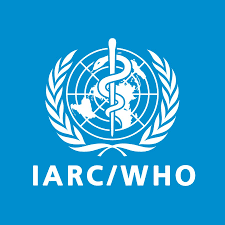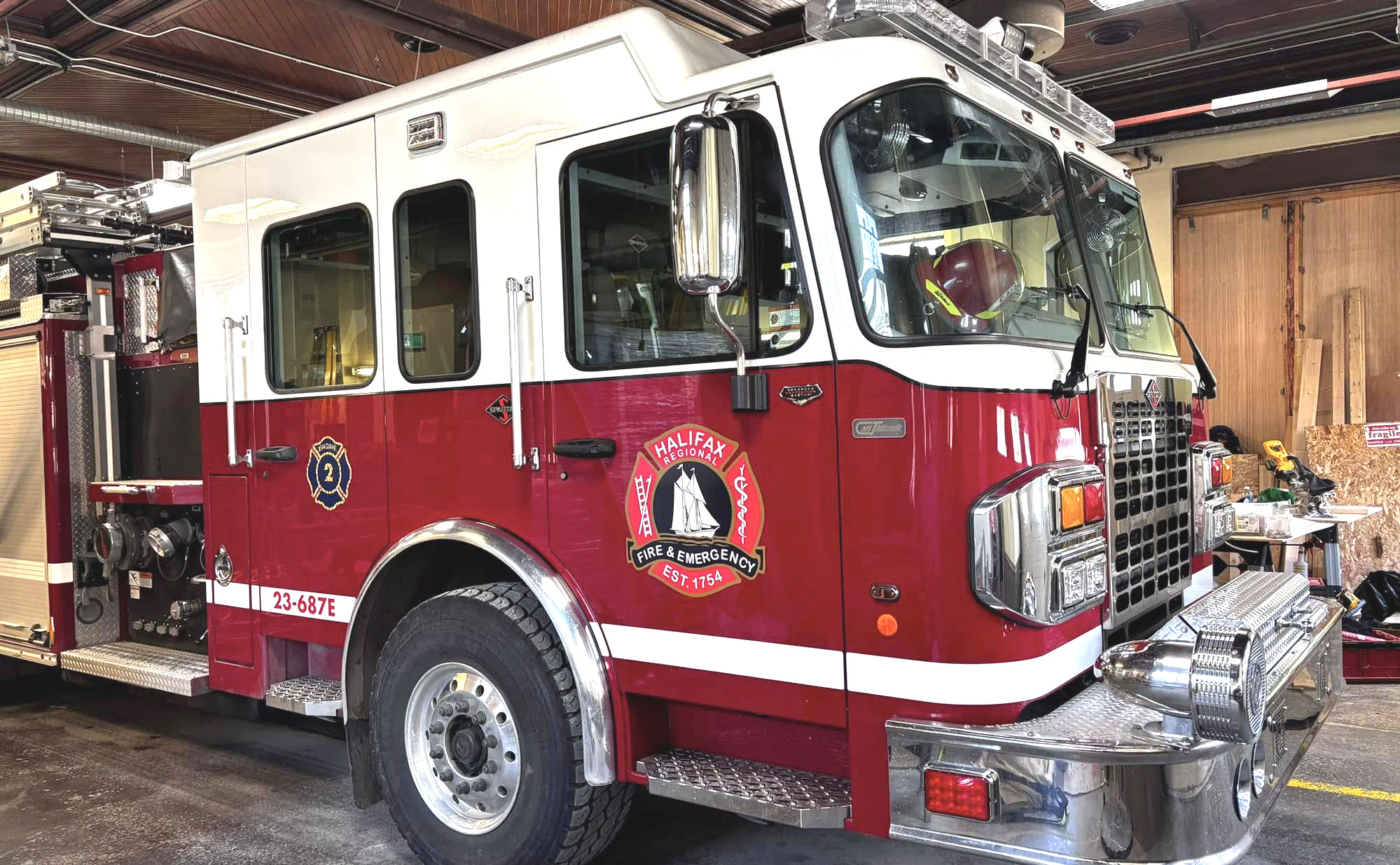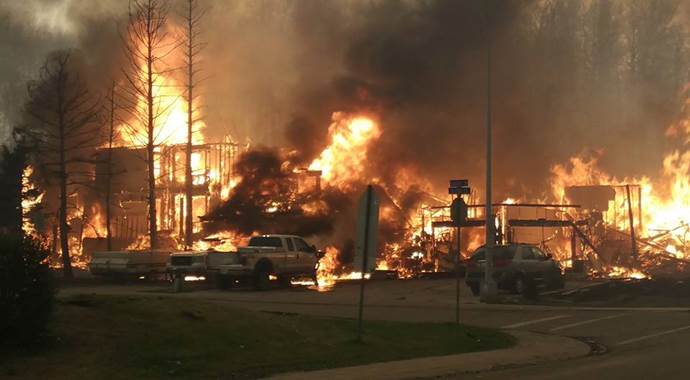The International Agency for Research on Cancer (IARC), the cancer agency of the World Health Organization (WHO), has re-evaluated firefighting and classified fire fighter occupational exposure as a group 1 carcinogen, stating there is sufficient evidence for cancer in humans.
The classification announced in Lyon, France, on July 1, marks a dramatic shift in IARC’s position on fire fighter occupational cancer. This designation will likely have a major impact on the fight against cancer in the fire service, from ongoing medical research to presumptive laws.
A working group of 25 international experts, including the IAFF Canadian Trustee Alex Forrest, convened in Lyon to reevaluate the link between occupational exposure to fire fighters and cancer.
The IARC working group found that “occupational exposure as a fire fighter causes cancer.” The IARC found sufficient evidence for cancer in humans for mesothelioma and bladder cancer, and limited evidence for several other cancers.
For decades, the IARC had classified fire fighter occupational exposures as “Group 2B” meaning the exposures were “possibly” carcinogenic. The new classification, “Group 1 – carcinogenic to humans,” now puts firefighting on a par with tobacco and benzene.
The new classification culminates a 20-year IAFF effort to gain IARC support for occupational cancer, led by Forrest, who is also District 13 Field Services Representative and President of the Manitoba Professional Fire Fighters Association. Forrest, with the full support of the IAFF, joined the IARC Working Group five years ago as the only fire fighter and non-medical professional.
“I had to take off my fire fighter helmet and put on my medical community hat to do what I could to convince the Working Group to change the classification,” says Forrest. “This really is a tragic moment – knowing for sure that we’ve been working in such hazardous conditions. But it is also an historic moment, because we cannot fix a problem until we all agree that the problem exists.”
Forrest says that over time the new IARC classification will make firefighting safer because there is now a formal medical consensus concerning fire fighter occupational cancer.
A summary of the final evaluations is published online in The Lancet Oncology.



